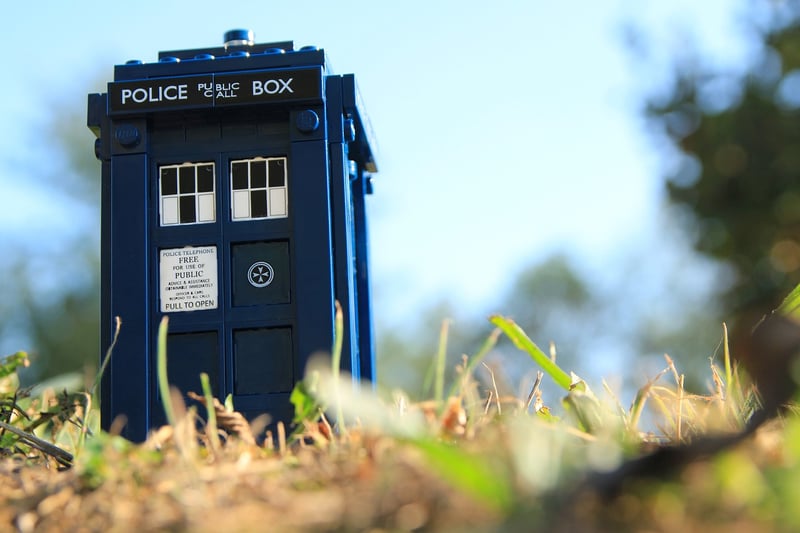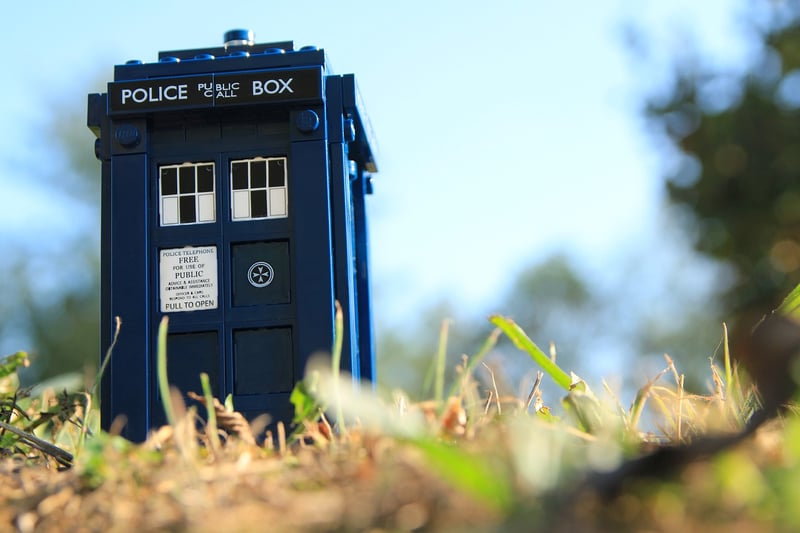TARDIS
Mechanisms for Time Traversal and the TARDIS
Time travel has long been a fascinating concept in science fiction, allowing characters to journey through the past, present, and future. While time travel remains a theoretical concept in the realm of science, various mechanisms have been proposed to explain how it could potentially work. One iconic time machine from popular culture is the TARDIS, featured in the long-running series Doctor Who. Let's explore some of the mechanisms for time traversal and delve into the wonders of the TARDIS.
Wormholes and Black Holes
One popular theory for time travel involves the use of wormholes or black holes. Wormholes are hypothetical passages through spacetime that could create shortcuts for long journeys across the universe or even through time itself. Black holes, on the other hand, are regions where gravity is so strong that nothing, not even light, can escape. Some theories suggest that black holes could potentially warp spacetime in such a way that allows for time travel.
Time Dilation
Another concept central to time travel is time dilation, as described by Einstein's theory of relativity. Time dilation occurs when an object is moving at speeds close to the speed of light or in the presence of intense gravitational fields. In these scenarios, time can pass at different rates for the moving object compared to a stationary observer, effectively allowing for time travel into the future.
Quantum Mechanics
Quantum mechanics, the branch of physics that deals with the behavior of particles at the smallest scales, has also been suggested as a potential mechanism for time travel. Some interpretations of quantum theory propose the existence of parallel universes or multiple timelines, where events can unfold differently. Traveling between these timelines could result in a form of time travel.
The TARDIS: Time And Relative Dimension In Space
In the world of Doctor Who, the TARDIS is a time machine and spacecraft used by the Time Lords. The TARDIS is much larger on the inside than it appears on the outside, a concept known as dimensional transcendentalism. It is powered by the Eye of Harmony, a fictional power source that allows the TARDIS to travel through time and space.
The TARDIS is equipped with a chameleon circuit that is meant to disguise its exterior to blend in with its surroundings, but due to a malfunction, it remains stuck in the form of a British police box from the 1960s. The Doctor, the main character of the series, uses the TARDIS to travel through time and space, exploring different planets and historical events.
Conclusion
While time travel remains a fantastical concept in reality, the imaginative exploration of mechanisms such as wormholes, time dilation, and quantum mechanics in science fiction opens up endless possibilities for storytelling. The TARDIS, with its iconic design and mysterious capabilities, continues to capture the imagination of audiences worldwide, showcasing the allure of time travel and adventure through the cosmos.

Whether through theoretical physics or the whimsical realms of science fiction, the idea of time traversal remains a captivating subject that sparks curiosity and wonder about the nature of time and space.
